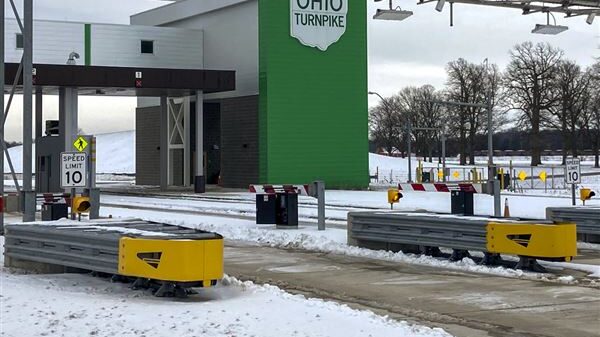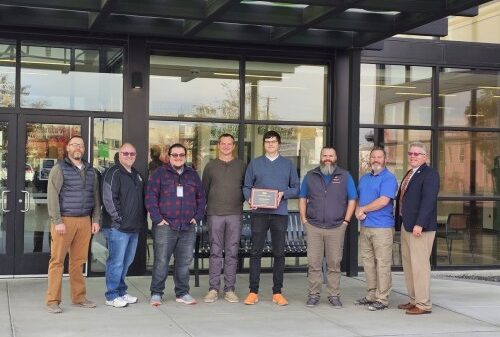SpaceX is set to launch the National Advanced Optical System (NAOS) satellite for Luxembourg, along with seven additional small satellites, from California today, August 26, 2025. The Falcon 9 rocket is scheduled to lift off during a 27-minute window starting at 14:53 EDT (18:53 GMT or 11:53 PDT) from Space Launch Complex 4 East at Vandenberg Space Force Base.
The launch marks another significant milestone for SpaceX, which will webcast the mission approximately 15 minutes before liftoff. Viewers can access the live stream through Space.com, the SpaceX website, or its account on the X social media platform.
NAOS and Secondary Payloads
The Falcon 9 will carry the NAOS satellite, developed by OHB Italia for the Luxembourg government. This satellite aims to enhance Earth observation capabilities. In addition to NAOS, the mission includes payloads from several other companies.
These include the LEAP-1 satellite from Dhruva Space, two satellites named Pelican-3 and Pelican-4 from Planet, and nanosatellites from Exolaunch, including Acadia-6 and the FFLY series (FFLY-1, FFLY-2, and FFLY-3).
The LEAP-1 satellite is particularly noteworthy as it features an advanced artificial intelligence module and a hyperspectral imager, showcasing significant technological advancements. The Pelican satellites will expand Planet’s Earth-imaging constellation, contributing to a more comprehensive view of the planet.
Launch Details and Future Plans
If all goes as planned, NAOS will separate from the Falcon 9 about 12 minutes after launch, with the secondary payloads following within the next hour. The Falcon 9’s first stage is expected to return and land at Landing Zone-4 (LZ-4) at Vandenberg, marking the 27th recovery for booster B1063.
This mission represents SpaceX’s 104th Falcon 9 launch of 2025 and the 522nd launch since the rocket’s debut in 2010. As the company continues to expand its operations, today’s launch underscores its role as a leader in the commercial spaceflight industry.
With a growing portfolio of satellites designed for various applications, SpaceX is not only advancing its own capabilities but also supporting global efforts in Earth observation and data collection. The combination of NAOS and the accompanying smaller satellites highlights the increasing collaboration between commercial entities and government interests in space exploration.






































































